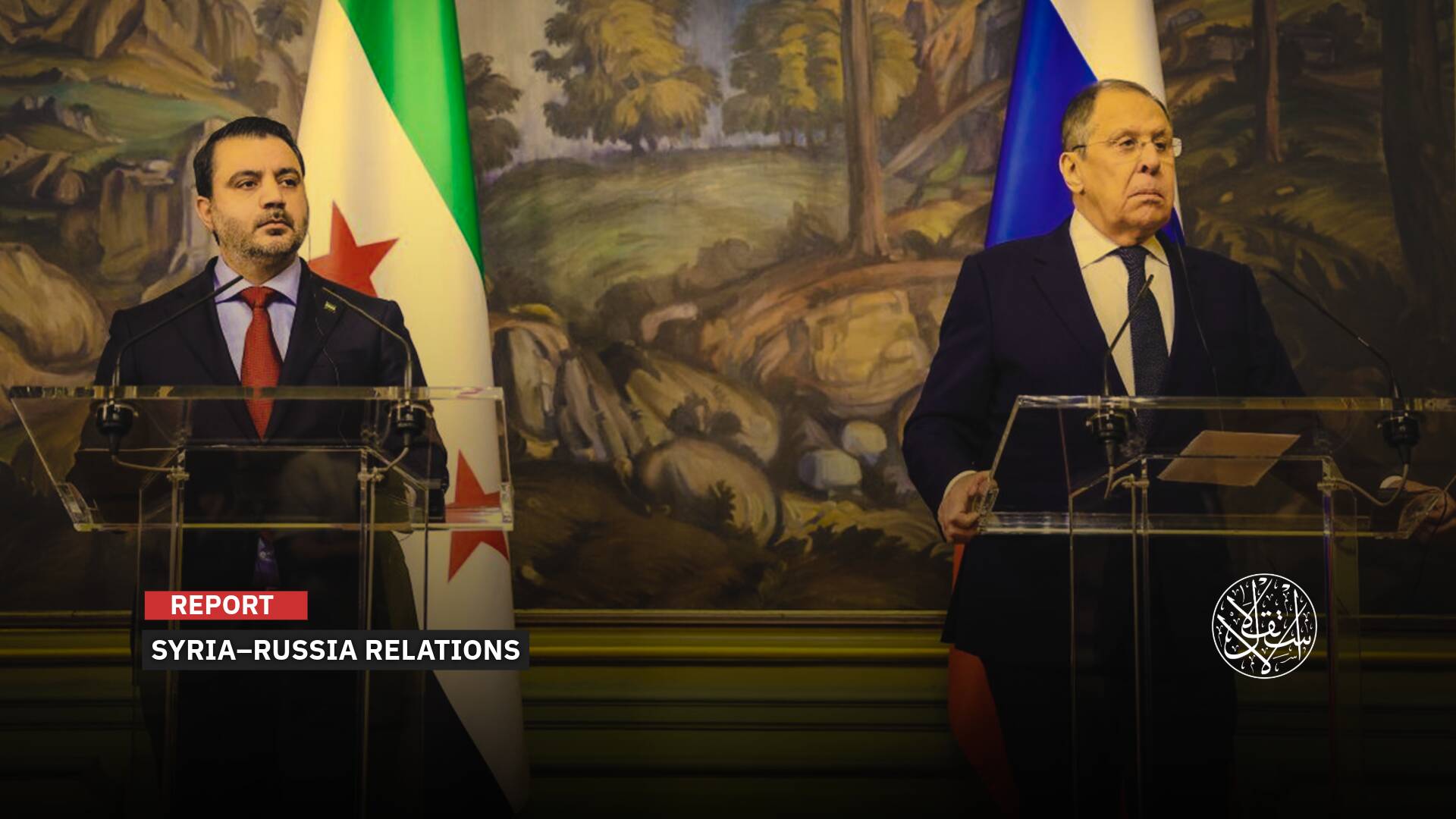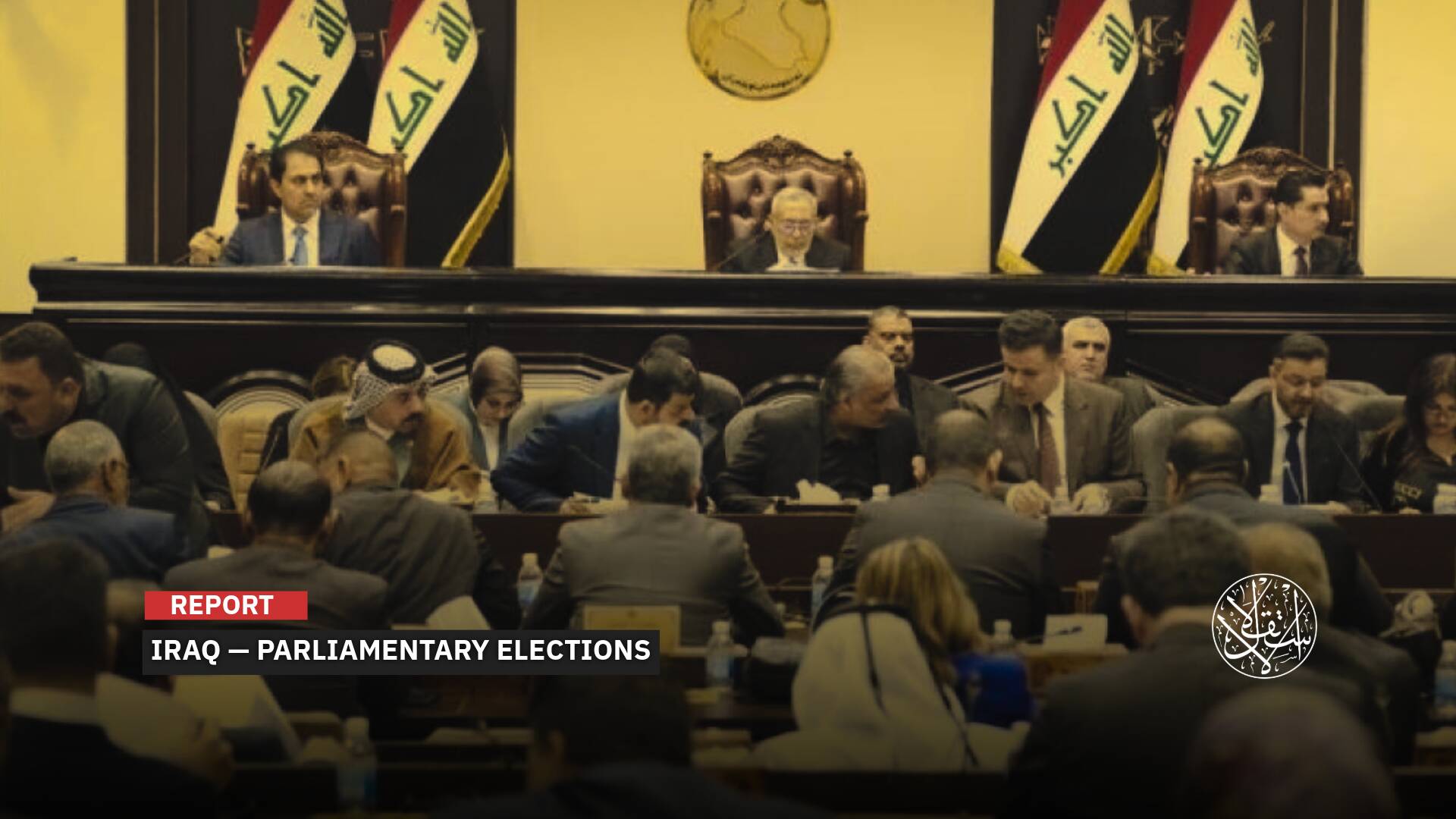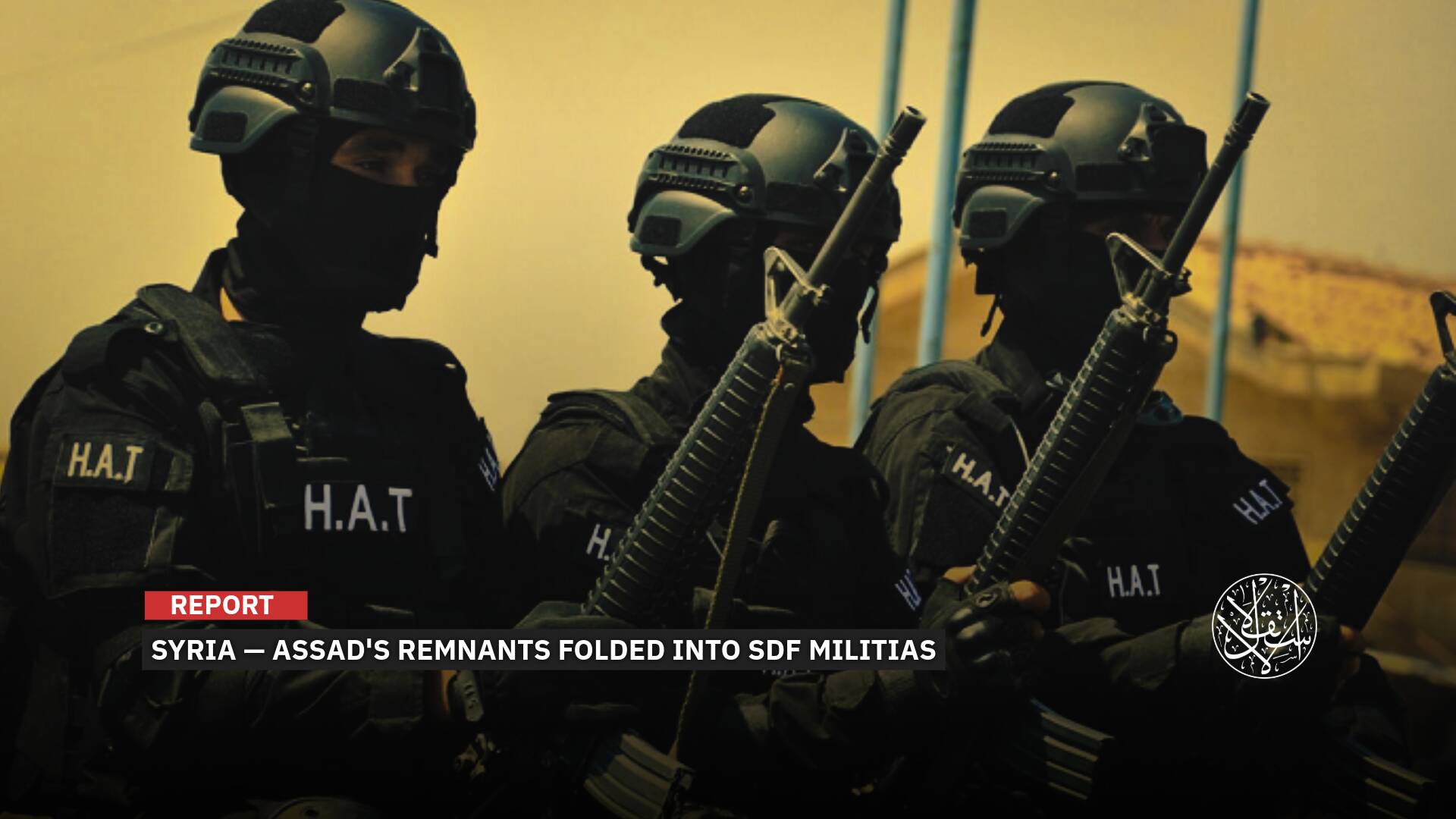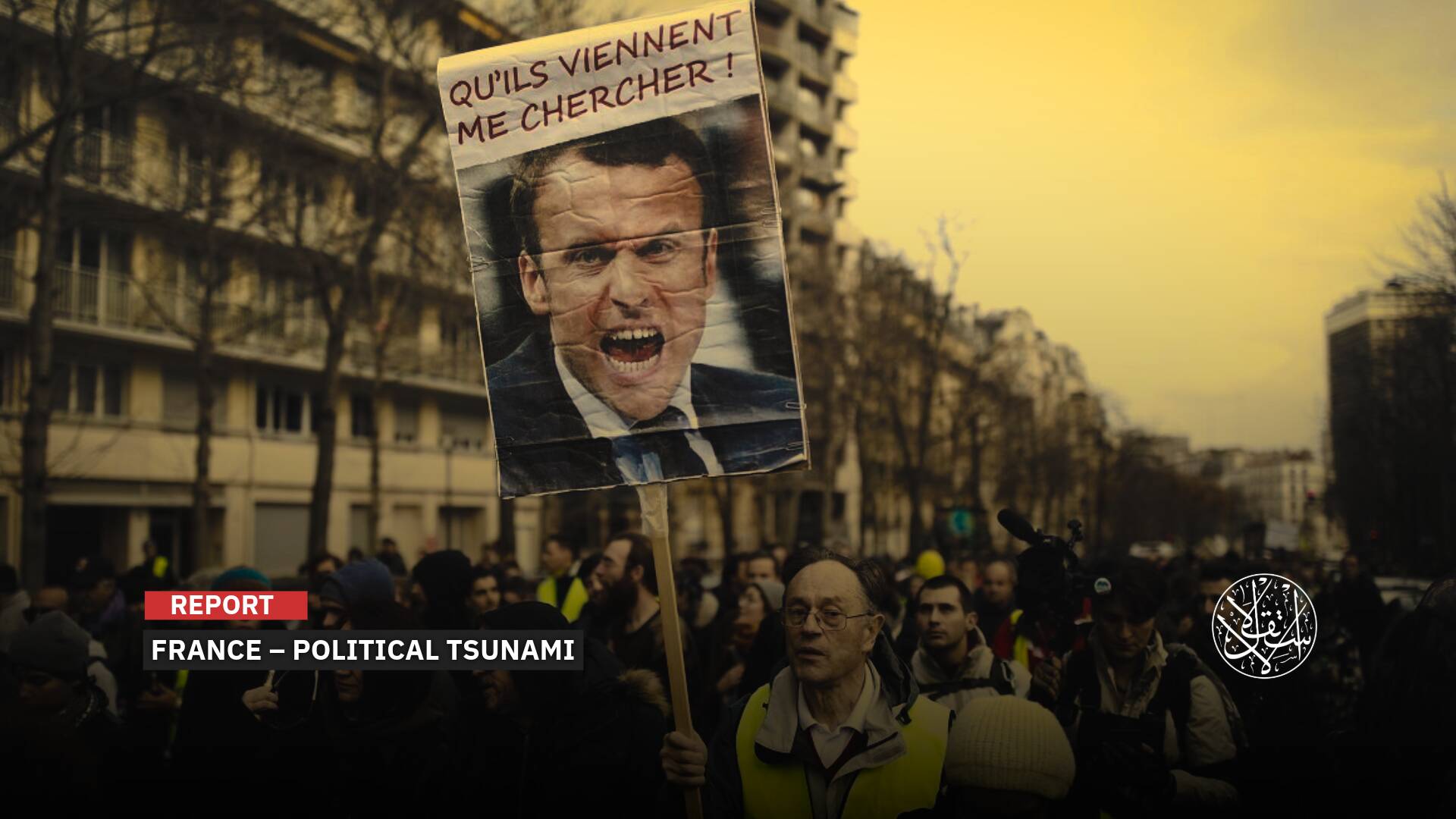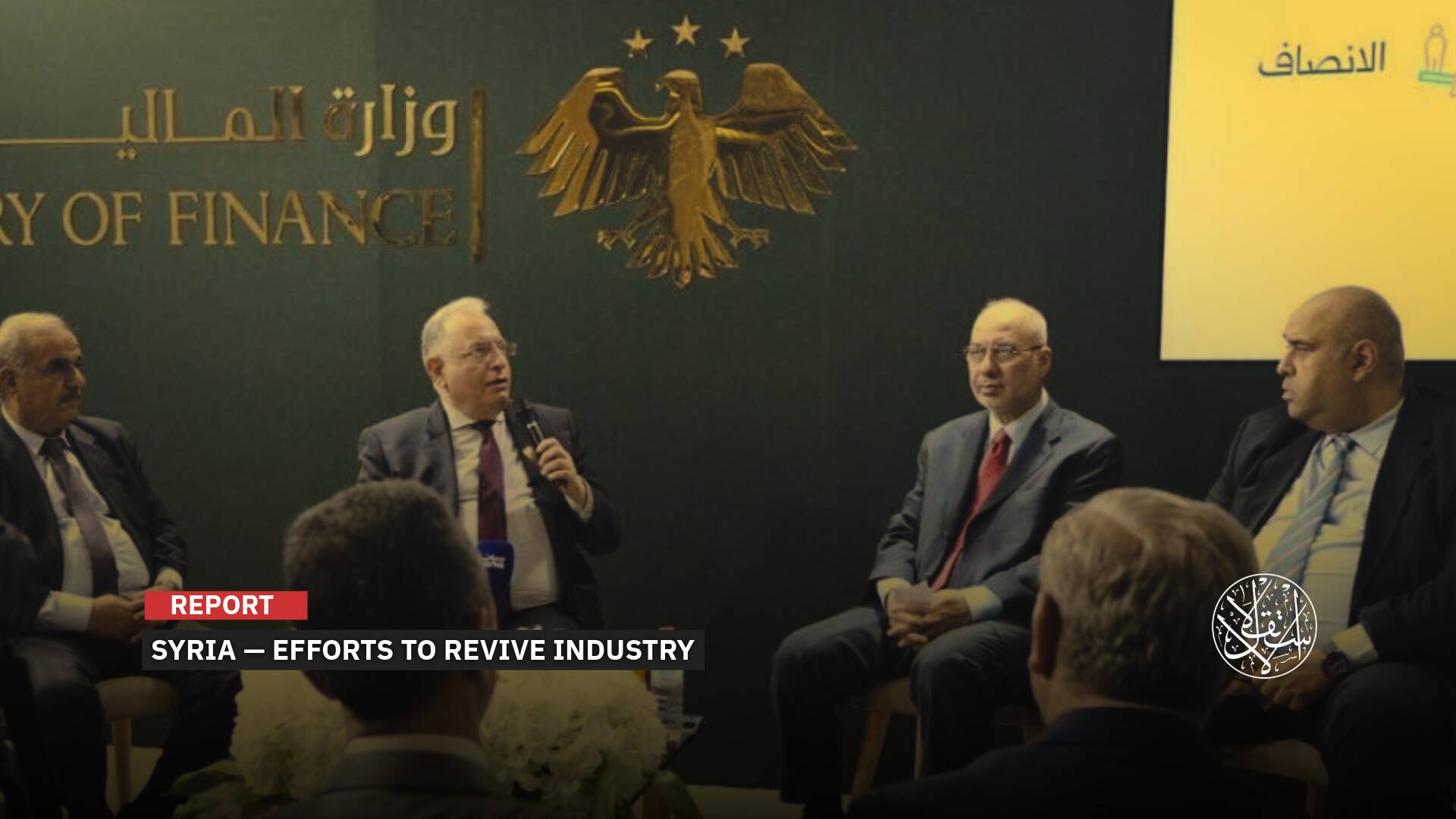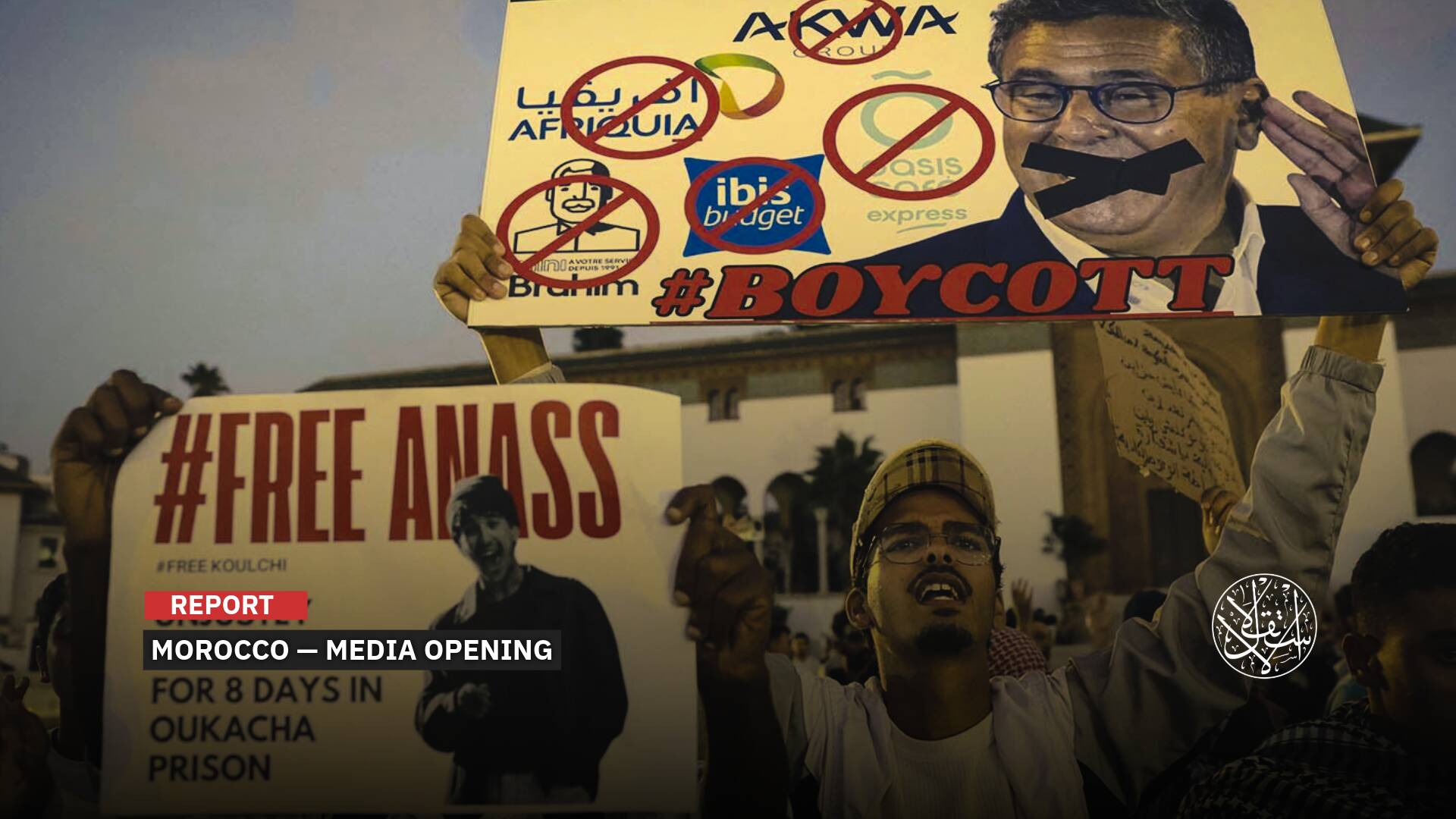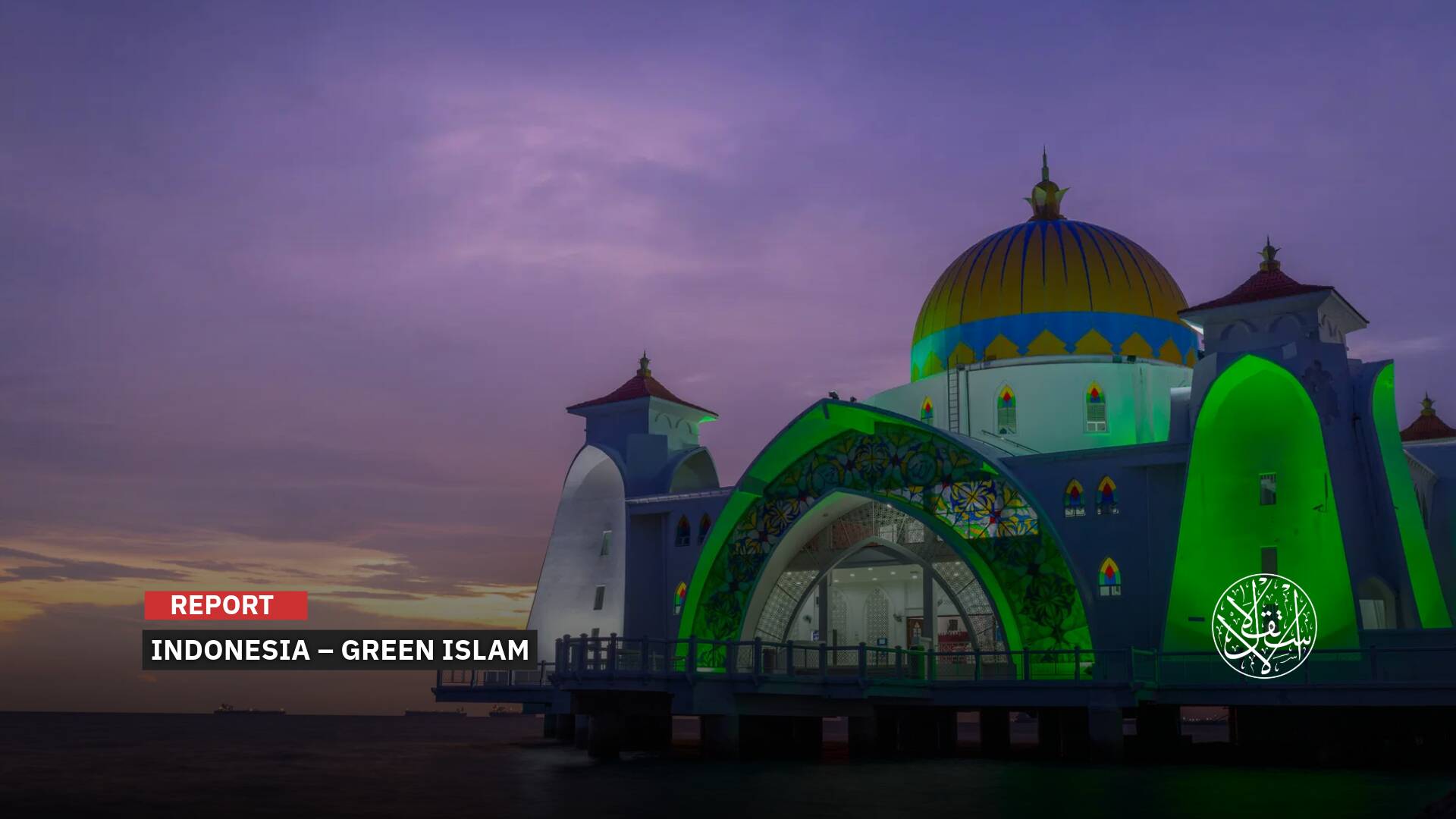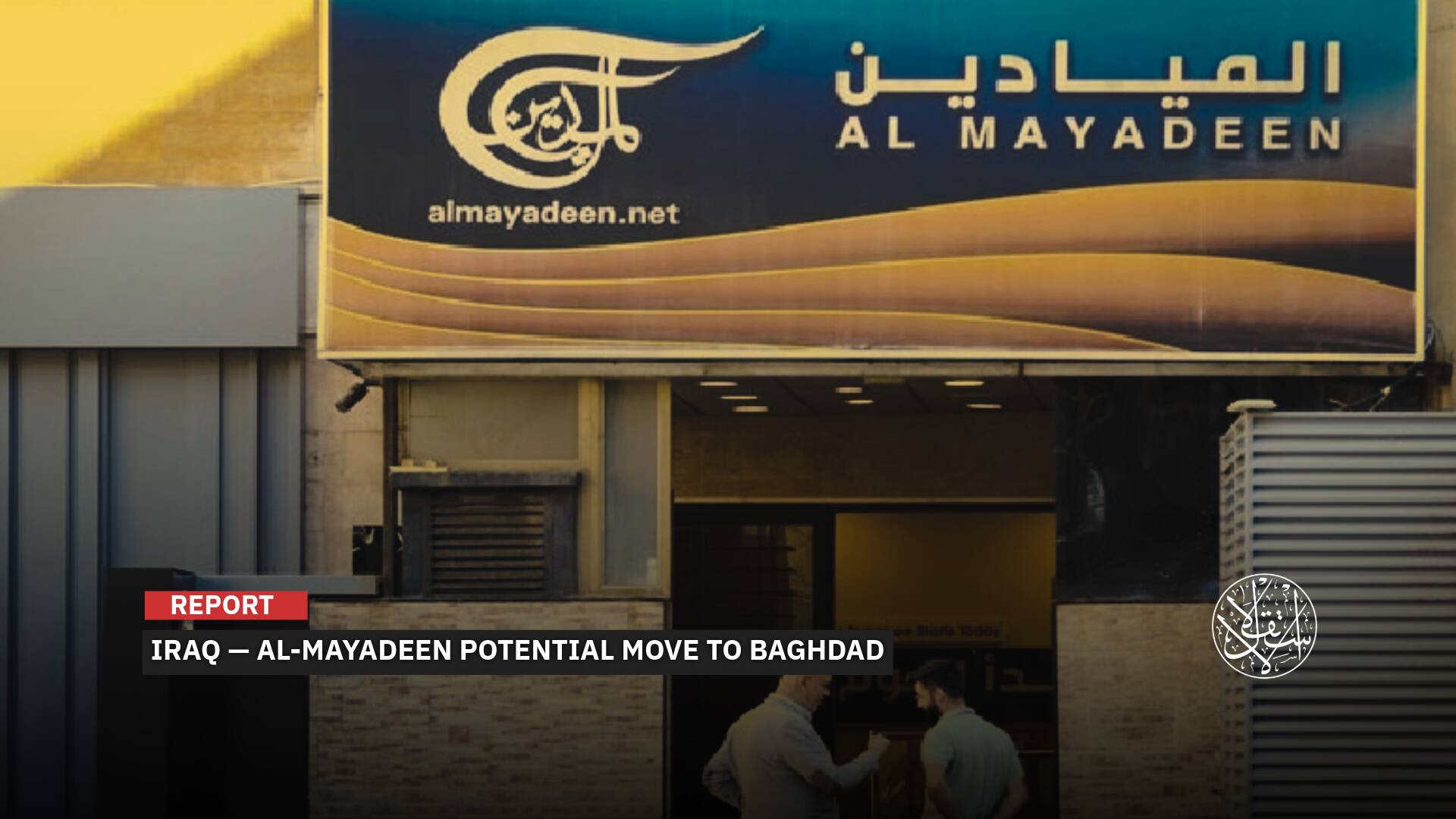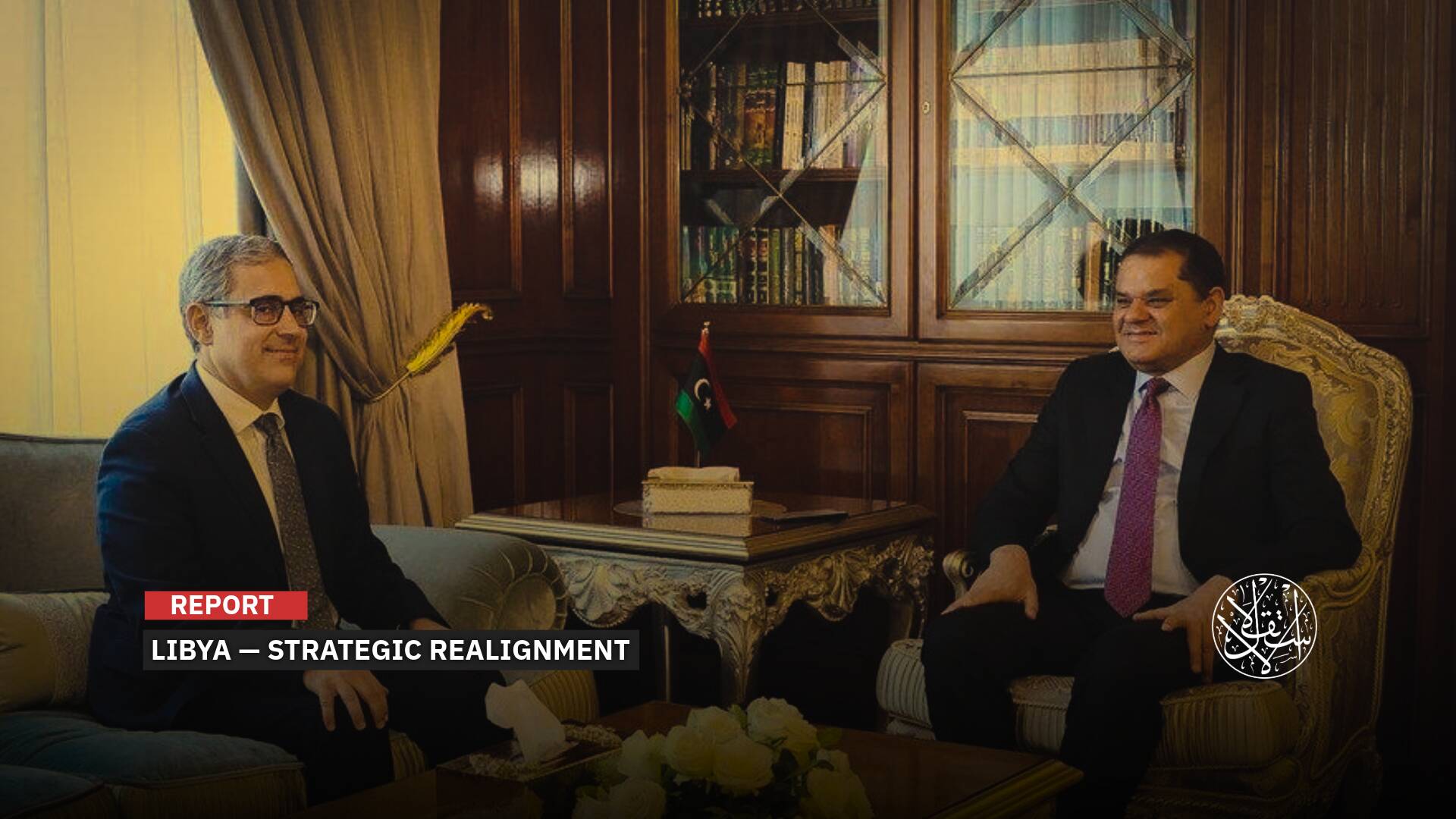‘Crafted by Palestinian Hands’: How Hamas Shaped the Day After of the Gaza War

“Tomorrow morning, you will leave, and we will remain.”
When “Israel” launched its assault on Gaza on October 7, 2023, the focus immediately turned to the so-called “day after” plan for the war.
Israeli Prime Minister Benjamin Netanyahu and members of the “war cabinet” repeatedly insisted that the future in Gaza would not include the Palestinian Resistance Movement (Hamas), or at the very least, the movement would no longer govern the territory.
The unexpected and powerful emergence of Hamas fighters on January 19, 2025, during the prisoner exchange deal, left Israeli leaders and settlers in shock.
Dressed in coordinated military uniforms complete with face coverings, green headbands, watches, and communication devices, the fighters moved in brand-new Toyota Hilux pickups, vehicles renowned for their durability in harsh conditions and priced at approximately $21,000 each in the United States.
A Powerful Show
During the prisoner handover, al-Qassam Brigades appeared as if it were the first day of the war, with the elite “Shadow Unit” operating in full gear.
The Resistance fighters then conducted a military parade with impeccable discipline and a visible sense of pride and confidence.
It wasn't just their equipment that drew attention. Hamas fighters handed cloth bags filled with symbolic gifts to the released captives, leaving Israeli media in shock.
Israeli Heritage Minister Amichay Eliyahu captured the sentiment in a single post on X: “The face of absolute victory.”
However, the day after the ceasefire in Gaza was about more than displays of strength or psychological warfare. It marked the beginning of strategic moves and plans by the Resistance to reshape the region's narrative and dynamics
At precisely 8:30 a.m. local time, as the ceasefire agreement in Gaza came into effect, thousands of Palestinian police officers took to the streets in full uniform.
With clean and organized appearances, they immediately resumed their duties—directing traffic, escorting aid convoys, and positioning themselves at intersections and key roads. Their presence ensured the safety of residents and resolved local issues, undeterred by the threat of Israeli Occupation attacks.
This marked a pivotal shift, following “Israel’s” systematic targeting of Palestinian security forces during the assault. The aim had been to dismantle this structure and pave the way for control over Gaza.
On January 22, 2025, Mohamed Zarqa, Director of the Media Office for Security, held a press conference amidst the rubble of Gaza's Arafat Police City, where he revealed the devastating toll of the aggression.
“The Israeli Occupation killed more than 1,400 of our leaders, officers, and personnel, and injured 1,950 others,” Zarqa stated.
“Israel also detained 211 members of our forces over the course of more than 15 months of systematic genocide before the ceasefire took effect.”
The scars of leadership loss were deep, with the assassination of General Faiq al-Mabhouh, director-general of Central Operations in the Ministry of the Interior and National Security in the Gaza Strip, on March 18, 2024, underscoring the scale of the Israeli Occupation’s offensive.
Palestinian journalist Tamer Almisshal, Al-Jazeera's correspondent, commented on the police's public return to the streets saying, “This public reemergence of security forces in full uniform signifies the recovery of Gaza's institutions. It sends a clear message of defiance to Israel, whose declared objectives included dismantling Hamas' governance in Gaza.”

Municipalities Back to Work
The third scene of the day following the ceasefire unfolded with the swift operation of Gaza's municipalities and their staff.
From the early hours, teams began clearing blocked roads to facilitate the return of displaced residents.
Rafah’s Mayor, Ahmed al-Sufi, declared the southern city a “disaster zone” during a press conference, sharing staggering preliminary damage estimates from the Israeli assault. Of Rafah’s 36 municipal buildings, 30 were completely destroyed, including the main municipal headquarters.
The statistics painted a grim picture: 60% of the city’s homes—approximately 16,000 buildings housing 35,000 units—were leveled. Municipal assessments revealed the destruction of 15 out of 24 water wells, 70% of sewage systems, and 291 meters of roads and streets.
Four schools were flattened, with several others left in ruins. Meanwhile, nine medical centers, including four crucial hospitals—Abu Youssef el-Najar, the maternity hospital, Indonesian Hospital, and the Kuwaiti Hospital—were rendered unusable.
Religious institutions were not spared; 81 mosques were completely destroyed, with 47 others severely damaged. Thousands of acres of farmland were also razed.
The municipality reported the destruction of a swath of land along the Egyptian border, spanning 9,000 meters in length and between 500 and 900 meters in width. This led to the near-erasure of neighborhoods like al-Salam, al-Brazil, and the Rafah refugee camp, with 90% of housing in these areas wiped out.
The detailed statistics underscored the determination of municipal employees and officials, who continued working under dire conditions, preparing to address the colossal challenges of rebuilding even while under assault.

Gaza's Health Sector and Civilian Efforts
Even during the intense bombardment, Gaza’s Ministry of Health remained operational and continued its efforts once the ceasefire took effect.
On the first day of the truce, Palestinian doctors and healthcare professionals immediately resumed their duties, providing critical care to those in need.
Following the ceasefire, the government media office in Gaza released harrowing statistics on the damage to the healthcare sector.
The Israeli Occupation had obliterated 34 out of 38 hospitals, both public and private, leaving only 4 operational with limited capacity amid severe shortages in medicine and medical equipment.
Israeli airstrikes also disabled 80 health centers and destroyed 162 other medical facilities. Ambulances were not spared, with 136 vehicles destroyed, crippling emergency response capabilities.
The attack claimed the lives of 331 healthcare workers, including three who were executed in Israeli prisons.
Despite these overwhelming challenges, workers in both public and private sectors returned to their duties where possible, while many civilians joined humanitarian convoys and volunteered for recovery efforts.
Videos and photos showed citizens working alongside military units and police, clearing rubble, proving Gaza's unwavering spirit to rebuild and return to normal life.

‘Tomorrow Morning, You Will Leave, and We Will Remain’
Writer Soumaya Ghannoushi of Middle East Eye said on January 20, 2025, capturing the moment: “Amid thunderous cheers from thousands of people in Gaza’s main square, three Israeli hostages were handed over to the Red Cross on Sunday - a moment that defied expectations and rewrote the narrative of the war.”
“Fighters from the armed wing of Hamas, the Qassam Brigades, clad in full combat gear, stood alongside the hostages, their presence a bold declaration of defiance.”
“After 15 months of relentless bombardment, mass displacement and near-total devastation, the Palestinian resistance emerged undefeated, reclaiming the story of survival and resilience,” she added, “In Israel, disbelief and humiliation prevailed.”
Ghannoushi also emphasized that “victory in asymmetric wars is not defined by firepower, but by the ability to crush the spirit of the weaker party. By this measure, Netanyahu’s campaign was a catastrophic failure.”
Netanyahu’s litmus test for victory, breaking Gaza’s spirit, she wrote, collapsed. “Instead, Hamas dictated its terms: hostages would be released only with a ceasefire, withdrawal and prisoner exchange. This reversal exposed the futility of Netanyahu’s war, leaving both Israelis and the world to grapple with his miscalculations.”
What Netanyahu envisioned as a second catastrophe for the Palestinians had instead turned into a march of return. Displaced and wounded Palestinians were returning to their destroyed homes, their perseverance symbolizing the strength of a people who refuse to be erased.
Ghannoushi concluded with a deeply meaningful historical analogy to the Vietnam War, saying, “This struggle evokes a poignant historical parallel from the Vietnam War, as succinctly framed by Tamir Pardo, a former Mossad chief. Pardo recalled the words of an American colonel addressing his North Vietnamese counterpart: ‘We never lost a single battle.’ The North Vietnamese officer’s reply was as profound as it was devastating: ‘That may be true, but tomorrow morning, you will leave, and we will remain.’
Sources
- Gaza ceasefire: The Palestinian spirit will never be broken
- What does the deployment of Gaza police at the start of the agreement signify, and how did Israelis react? [Arabic]
- Gaza Police: 1,400 martyrs from the apparatus’ members during the months of Israeli genocide [Arabic]
- Experts: Scenes of female prisoners in the Seraya courtyard carried political and military messages of defiance [Arabic]
- Rafah declared a "disaster city" and calls for "urgent international intervention" [Arabic]


